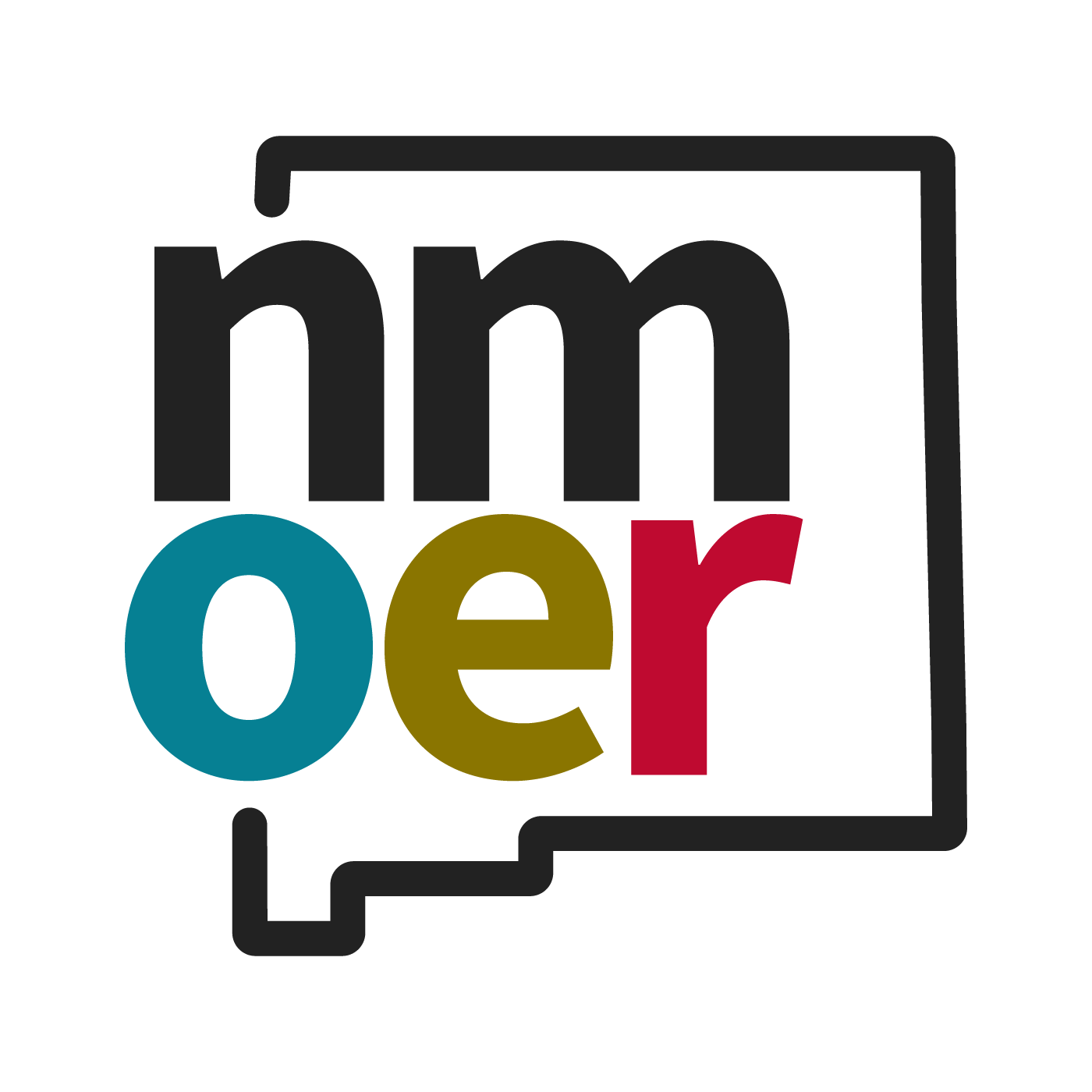Lección 1.1 Hola y Adiós
Hola y Adiós

In this chapter, you will learn to have a simple conversation in Spanish. You will be able to greet people, talk about yourself, and say your farewells. You will also be able to tell people what time things will be taking place. Finally, you will be able to count from 1 to 30.
When introducing yourself in Spanish, it is important to learn vocabulary and how to conjugate the verb Ser and the verb Estar. Ser and Estar both mean “to be” in Spanish, and you will be able to use both these verbs correctly when talking about yourself and others.
You will also be learning the alphabet, which is helpful in order to learn how to pronounce words in Spanish. You will also identify the definite and indefinite articles in Spanish, which will help you understand the concepts of “feminine” and “masculine” and “singular” and “plural.”
Vocabulario
These flashcards are designed to help you practice and master the key vocabulary from Lección 1. They’re grouped by theme to make learning easier. Flip the card. Use the play button to hear the pronunciation.
Greetings / Saying Hello
Interactive flashcards for greetings vocabulary. Use the arrow or tab keys to navigate cards and play audio for pronunciation.
Saying Goodbye
Interactive flashcards for farewell vocabulary. Use the arrow or tab keys to navigate cards and play audio for pronunciation.
When Having a Conversation
Interactive flashcards for common conversation phrases in Spanish. Use the arrow or tab keys to navigate cards.
Words of Courtesy / Misc
Interactive flashcards for courtesy expressions and miscellaneous vocabulary. Use the arrow or tab keys to navigate cards.
Actividades
Actividad 1.1-1 Conversational Dialogues
Practice conversational dialogues using greetings and introductions. Use keyboard navigation to move between prompts and responses.
Actividad 1.1-2 – Memory game – Vocabulary and Meaning
Please match the cards with the correct translation.
Memory game pairing Spanish vocabulary with English meanings.
Actividad 1.1-3 – Drag the words
Drag-and-drop activity to assemble Spanish phrases. If drag is difficult, use the accessible alternative controls provided by the activity.
Actividad 1.1-4
Please write a short dialogue using the vocabulary you have just learned. Keep this dialogue because it will be used in different activities during the semester.
Open-response activity: write a short Spanish dialogue. Use the text field to enter your response.
Actividad 1.1-5
Spanish alphabet practice. Use the activity controls to hear and review letter pronunciations.
When learning the alphabet, it is important to pay attention to the pronunciation of the letters.
Note: Some letters sound different depending on the vowel that follows them.
| Rule | Example / Explanation |
|---|---|
| C + A, O, U | Hard K sound. ¿Cómo? |
| C + E, I | Soft S sound. Despacio |
| C + H | Same as English “ch.” Muchas |
| G + A, O, U | Hard G sound. gusto |
| G + E, I | Soft G sound. Gente |
| H | Silent. Hola |
| L + L | Sounds like English Y. Llamo |
| Ñ | No English equivalent, nasal N. Mañana |
| Q | Almost always followed by silent U, sounds like K. Que |
| R | Trilled at start of word or double rr. Single r softer, like English R. Rosa, perro, pero. |
Actividad 1.1-6 – Dictation
Please say the alphabet in Spanish.
Dictation activity: pronounce the Spanish alphabet. Use the activity controls to record or play back as available.
